The Food Packaging Film Market is currently characterized by a dynamic competitive landscape, driven by increasing consumer demand for sustainable packaging solutions and innovations in material technology. Key players such as Amcor (AU), Sealed Air (US), and Berry Global (US) are strategically positioning themselves to capitalize on these trends. Amcor (AU) has focused on enhancing its sustainability initiatives, aiming to develop fully recyclable packaging solutions, which aligns with global environmental goals. Sealed Air (US) emphasizes innovation in its product offerings, particularly in protective packaging, which is crucial for maintaining product integrity during transportation. Berry Global (US) is actively pursuing regional expansion, particularly in emerging markets, to leverage the growing demand for food packaging solutions.
The competitive structure of the Food Packaging Film Market appears moderately fragmented, with several key players exerting influence over various segments. Companies are increasingly localizing manufacturing to optimize supply chains and reduce lead times, which is essential in a market that demands agility and responsiveness. This localization strategy, coupled with supply chain optimization, allows companies to better meet the specific needs of regional markets while enhancing operational efficiency.
In August 2025, Amcor (AU) announced a partnership with a leading food manufacturer to develop a new line of biodegradable packaging films. This collaboration is significant as it not only reinforces Amcor's commitment to sustainability but also positions the company as a leader in eco-friendly packaging solutions. The partnership is expected to enhance Amcor's market share in the growing segment of sustainable food packaging, reflecting a broader industry trend towards environmentally responsible practices.
In September 2025, Sealed Air (US) launched an innovative packaging solution that incorporates smart technology to monitor the condition of perishable goods during transit. This strategic move is indicative of the increasing integration of digital technologies in packaging, aimed at enhancing supply chain transparency and reducing food waste. By leveraging smart technology, Sealed Air (US) is likely to strengthen its competitive edge in the market, appealing to consumers and businesses that prioritize sustainability and efficiency.
In July 2025, Berry Global (US) expanded its manufacturing capabilities in Southeast Asia, focusing on producing high-performance food packaging films. This expansion is crucial as it allows Berry Global to tap into the rapidly growing demand in the region, driven by rising consumer preferences for packaged food products. The strategic investment in local manufacturing not only enhances Berry's operational efficiency but also positions the company favorably against competitors in the region.
As of October 2025, the Food Packaging Film Market is witnessing trends that emphasize digitalization, sustainability, and the integration of artificial intelligence in packaging solutions. Strategic alliances among key players are increasingly shaping the competitive landscape, fostering innovation and collaboration. The shift from price-based competition to a focus on technological advancement and supply chain reliability is evident, suggesting that companies that prioritize innovation and sustainability will likely emerge as leaders in this evolving market.


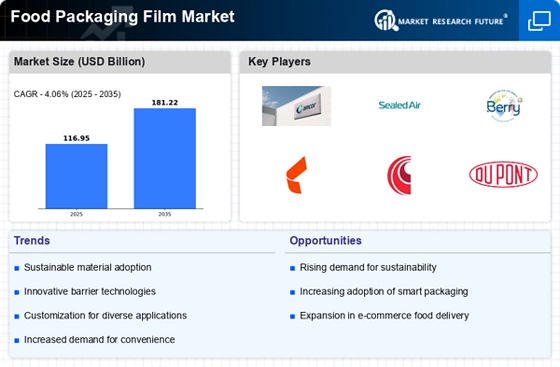
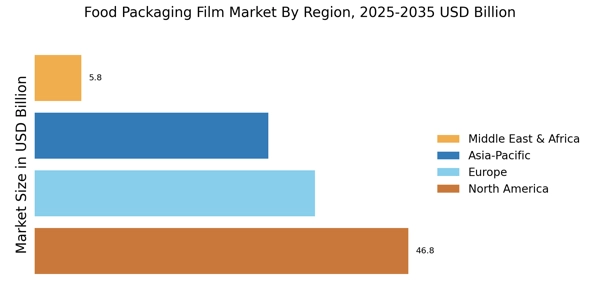

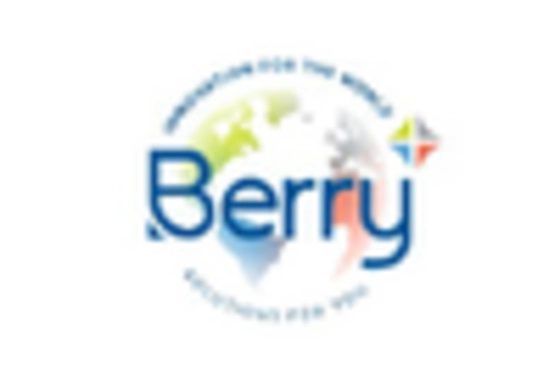
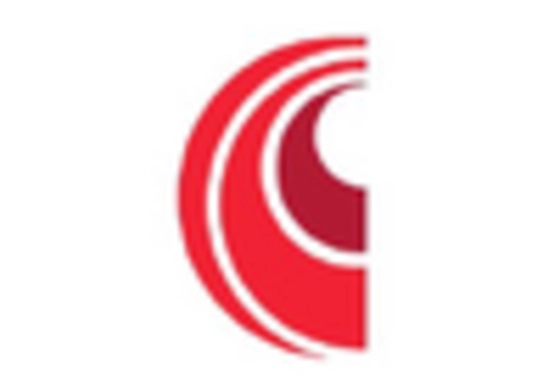


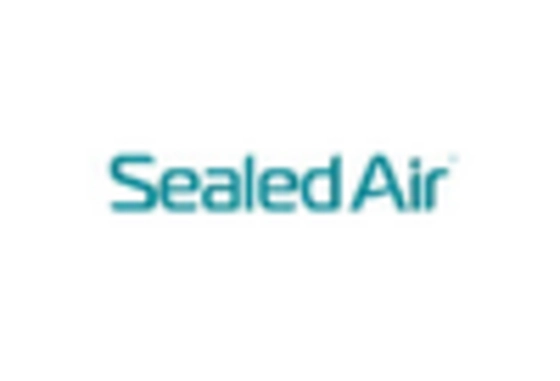








Leave a Comment